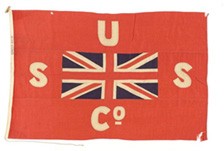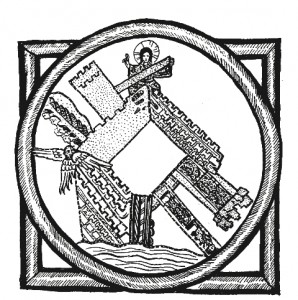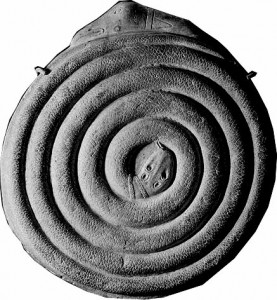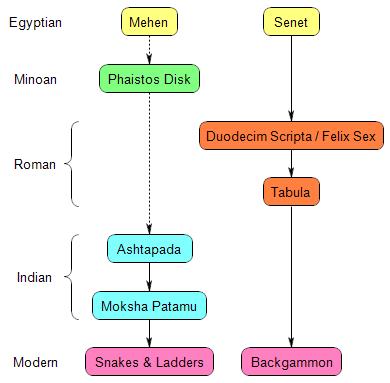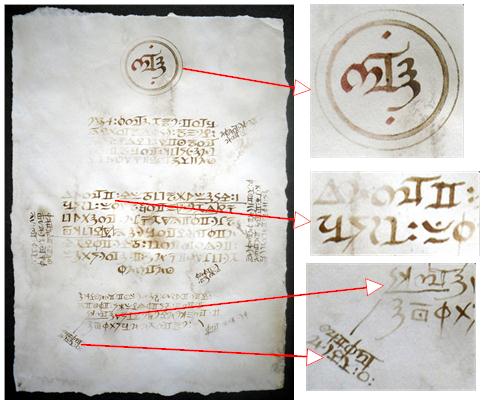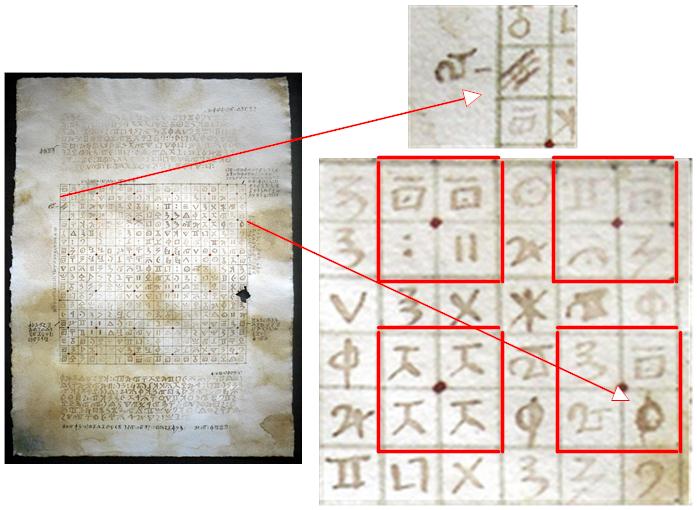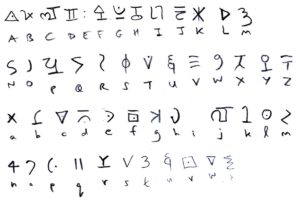The indefatigable Cheryl Bearden has been filling in the gaps for our elusive “H. C. Reynolds” tenuously linked to the Tamam Shud cipher mystery man, and has dug up nine more crew manifests in the Sydney archives with his name on, two of which helpfully list him as “Chas Reynolds“. (Yes, the names are slightly different, but it’s highly unlikely that there were two 18-year-old Tasmanian lads called Reynolds both working as purser on the same ship at the same time). As Reynolds’ job on the Koonya was Purser, it would be unsurprising if it was he who wrote up the crew manifests to hand in to the Sydney port authorities: so it could well be his handwriting Cheryl has been examining. Perhaps that is what he felt gave him the licence to write his first name as “Chas” rather than just an initial, who knows?
Additionally, Cheryl points out that because the Koonya crew list dated 2nd February 1919 lists his age as 18, we can narrow HCR’s possible birth date range down yet further, which is also great!
So, it seems that the person we’re looking for is H. Charles Reynolds, born in Hobart, Tasmania between 2nd and 12th February 1900, who worked for the Union Steamship Company of New Zealand for at least 18 months between 1917 and 1919 as Purser or Assistant Purser aboard the SS Manuka, the RMS Niagara, and the SS Koonya. Also known as Charles / Charlie Reynolds. 🙂
I should add that I found a truly magnificent online bibliography relating to the Union Steam Ship Company of New Zealand, which notes that…
The archives of the Union Steam Ship Company Ltd and Wellington Harbour Board are now at the Wellington City Archives and will be accessible to researchers which has professional archivists, a facility built for archival storage, a public Reading Room and other specialist support systems. A considerable part of the Harbour Board collection is on the public access database The archives of the Union Steam Ship Company came from its head office in Wellington.
The Wellington City Archive summary notes that the Union Steam Ship Company “started in Dunedin and in 1922 its head office shifted to Wellington”: however, if you search their archives for “Union Steam Ship”, none of the 80 hits returned seem to be relevant to what we’re looking for (staff records or correspondence). It does add that “other Union Steam Ship Company records can be found at the Hocken Library in Dunedin” at the University of Otago: here’s the summary page of their USSNZ holdings.
Now that is more appealing: AG-292 “includes a wide range of records including minutes, correspondence, financial and shareholder records, staff records, shipping information, publications, some correspondence of James Mills and the records of the John Jones Trust: AG-292-009-001/005 contains “Staff Salaries Vol. 4. 1913-1917”. Similarly, AG-922 “relates particularly to employees of the Company. It includes salary books, a list of staff, and staff newsletters” (AG-922/002 is listed as “Salaries book, Dunedin Branch. 1915-1955”). Yet having trawled through the 1000+ entries for AG-292, there’s precious little I can see related to staff records for 1917-1919 (apart from correspondence, which may or may not mention anyone).
But wait! According to the first (USSNZ bibliography) page, the Museum of Wellington City & Sea apparently has “the majority of the staff records of the Company”, so that is almost certainly where our trail for the elusive H C Reynolds leads. I’ve emailed them, and will let you know what I find out…
Finally, for any passing H C Reynolds research completists, this is the current list of crew lists we have (Cheryl’s nine new entries all preceded by *, thank you again!):-
19th November 1917. SS Manuka: arr Sydney, NSW (from Wellington). H. Reynolds, age 17, born Tasmania, Assistant Purser.
* 10th December 1917. SS Manuka: arr Sydney, NSW (from Wellington). H. C. Reynolds, age 17, born Tasmania, Assistant Purser.
17th December 1917. SS Manuka: arr Sydney, NSW (from Hobart). H. Reynolds, age 17, born Tasmania, Assistant Purser.
26th January 1918. SS Manuka: arr Sydney, NSW (from Hobart). H. Reynolds, 17, born Australia, Assistant Purser.
17th February 1918. RMS Niagara: arr Sydney, NSW (from Vancouver). H. Reynolds, 18, born Hobart, Assistant Purser.
20th April 1918. RMS Niagara: arr Sydney, NSW (from Auckland). H. C. Reynolds, 18, born Hobart, 2nd Mate.
5th May 1918. SS Koonya: arr Sydney, NSW (from Burnie). C. Reynolds, 18, born Hobert, Purser.
20th May 1918. SS Koonya: arr Sydney, NSW (from Strahan & Devonport). C. Reynolds, 18, born Hobart, Purser.
* 12th June 1918. SS Koonya: arr Sydney, NSW (from Launceston). C. Reynolds, 18, born Hobart, Purser.
* 21st June 1918. SS Koonya: arr Sydney, NSW (from Devonport). C. Reynolds, 18, born Hobart, Purser.
* 30th June 1918. SS Koonya: arr Sydney, NSW (from Devonport). C. Reynolds, 18, born Hobart, Purser.
16th July 1918. SS Koonya: arr Sydney, NSW (from Strahan). C. Reynolds, 18, born Hobart, Purser.
* 28th July 1918. SS Koonya: arr Sydney, NSW (from Burnie & D’port). Chas Reynolds, 18, born Hobart, Purser.
12th August 1918. SS Koonya: arr Sydney, NSW (from Strahan & D’port). C. Reynolds, 18, born Hobart, Purser.
26th August 1918. SS Koonya: arr Sydney, NSW (from Burnie). C. Reynolds, 18, born Hobart, Purser.
22nd September 1918. SS Koonya: arr Sydney, NSW (from Strahan). C. Reynolds, 18, born Hobart, Purser.
* 6th October 1918. SS Koonya: arr Sydney, NSW (from Burnie & Strahan). Chas Reynolds, 18, born Hobart, Purser.
21st October 1918. SS Koonya: arr Sydney, NSW (from Launceston). C. Reynolds, 18, born Hobart, Purser.
4th November 1918. SS Koonya: arr Sydney, NSW (from Burnie). C. Reynolds, 18, born Hobart, Purser.
* 18th November 1918. SS Koonya: arr Sydney, NSW (from Devonport). C. Reynolds, 18, born Hobart, Purser.
* 23rd December 1918. SS Koonya: arr Sydney, NSW (from Devonport). C. Reynolds, 18, born Hobart, Purser.
19th January 1919. SS Koonya: arr Sydney, NSW (from Devonport). C. Reynolds, 18, born Tasmania, Purser.
* 2nd February 1919. SS Koonya: arr Sydney, NSW (from Devonport). C. Reynolds, 18, born Hobart, Purser.
9th March 1919. SS Koonya: arr Sydney, NSW (from Newcastle). C. Reynolds, 18, born Tasmania, Purser.
31st March 1919. SS Koonya: arr Sydney, NSW (from Devonport). C. Reynolds, 19, born Hobart, Purser.
